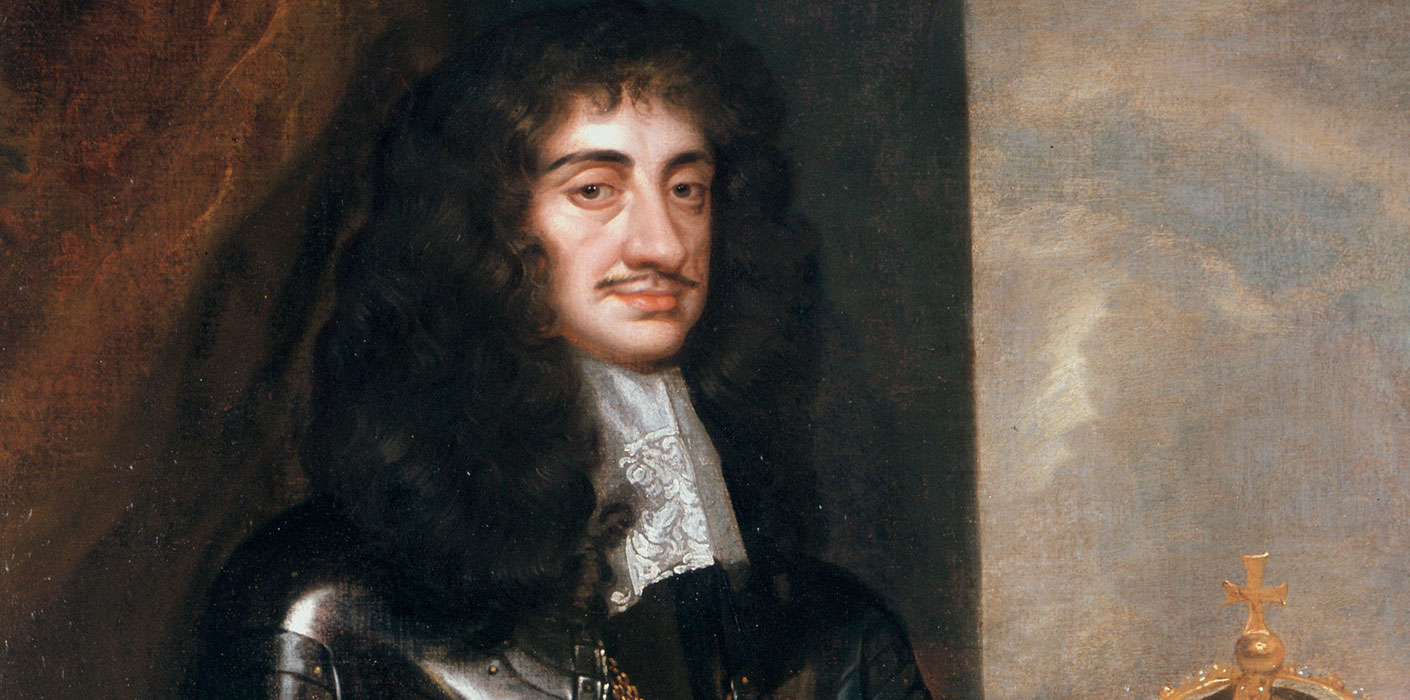Penguin Monarchs: Charles II

Here’s a different approach. Instead of marching sequentially through the lifetime of Charles II, Clare Jackson clears up the basic chronology in an early chapter before offering more thematic treatments of this most mercurial, deplorable, and irritatingly charming of monarchs. “Life”, “Image”, “Majesty”, “Words”, and “Afterlife” are the chapter titles which explore ways in which Charles II was represented and how he intervened, decisively, in the process of his self-representation.
Jackson admits that Ronald Hutton’s far longer and more censorious biography is pretty “standard” but insists on being drawn to certain mitigating factors. A problem with this (admittedly) very short book is that it doesn’t really attempt to develop these mitigating arguments. This Charles can seduce from beyond the grave in ways that are hard to justify.
It is true, admittedly, that this Charles was not a religious bigot. He was not one to want to set fire to people over small points of theological difference. This seems like a very obvious and passive virtue to us, but perhaps in a seventeenth-century context it’s massive. He was one of the very few European monarchs in any age that you can actually imagine wanting to have drink with.
On the other hand Charles II was selfish, lazy, lecherous, mendacious, treacherous, abusive, and utterly undeserving of friendship or loyalty. Yet he possessed a version of charisma that kept him going as the state lurched from crisis to crisis. To what extent can you retain power based on a version of superficial charm? This is not just a question for the mid seventeenth century.
Charles II believed in the Divine Right of Kings as firmly as either his father or his brother. He just had a way of softening and smudging these beliefs so that when he did act dictatorially people looked the other way. He would have dearly loved to have ruled consistently as Louis XIV ruled, but lacked the means to do so. His experiences in Scotland where his royal claim was recognised but rendered contingent on the most humiliating adherence to humiliating Presbyterian conditions helped form (or warp) his character. Jackson seems skeptical about Charles’ real commitment to Catholicism though Charles surely preferred Catholicism to Presbysterianism.
Jackson notes that Charles found a way of showing himself to his people on an unprecedented scale. He could, like all entitled aristocrats, “slum it” – and yet he could instantly put people in their place with just a glance of disfavour. Everyone knew his weaknesses, but a critical mass of people did not seem to care.
One critical factor that Jackson notes is luck. Charles II was, without doubt, an astonishingly fortunate king in certain key respects. Had the secret provisions of the Treaty of Dover become generally known, then all hell would have broken loose. This treaty made Charles II far more deposable (and perhaps decapitatible) than either his father or his brother. A few tweaks of fate and this monarch’s memory would have been unambiguously damned in any historical record.
Finally, Jackson reminds us that Captain Hook is based on Charles II. Captain Hook does not just look like Charles II. Barrie makes it clear that Captain Hook is essentially an unlucky version of the quintessential errant English gentleman abroad. He is a Charles II who was never restored and whose peregrinations have drifted into piracy in a spirit of louche despair.
I have thoughts about other little books in this series.
See below:
James II:
William and Mary:
Reblogged this on conradbrunstrom.